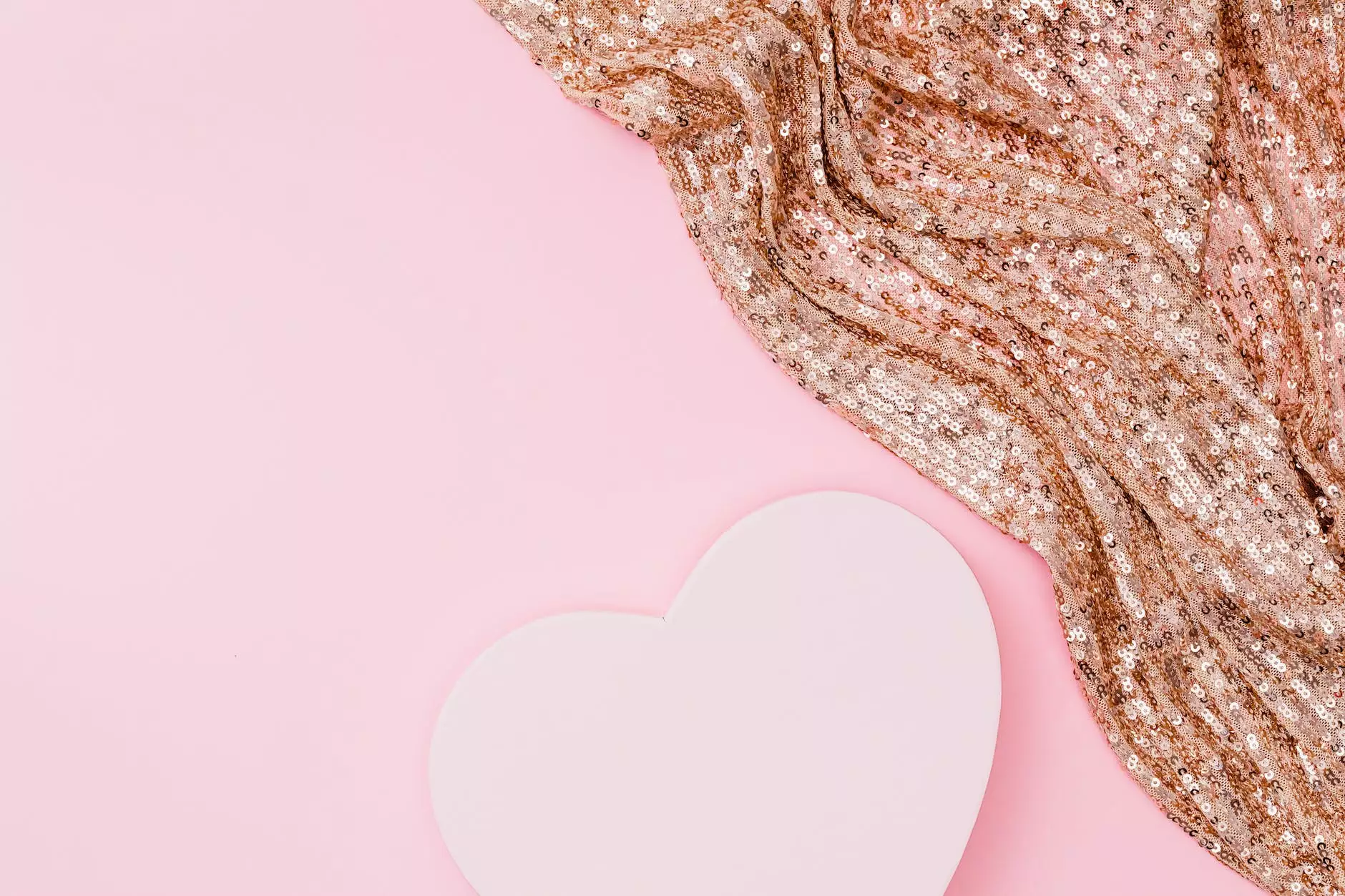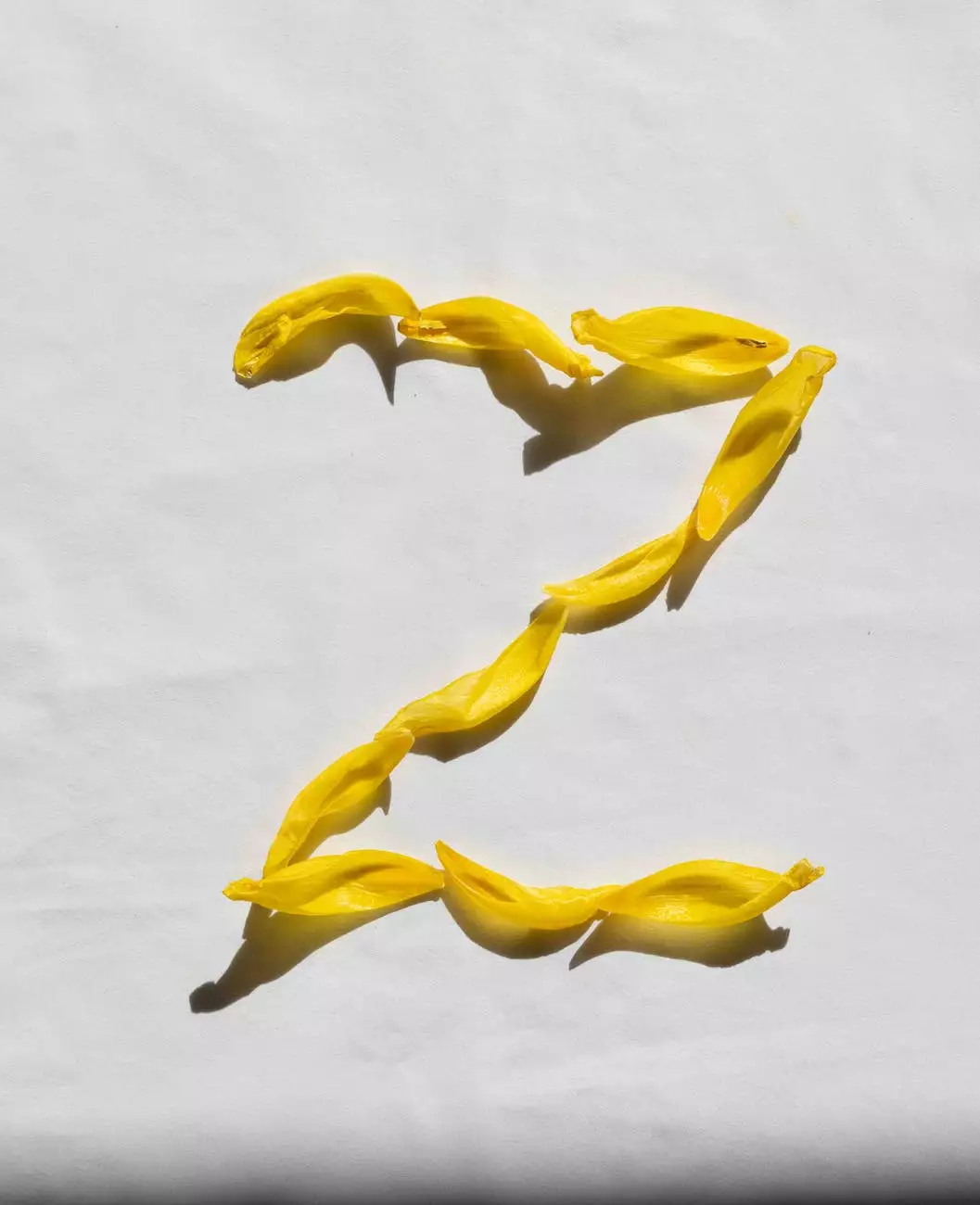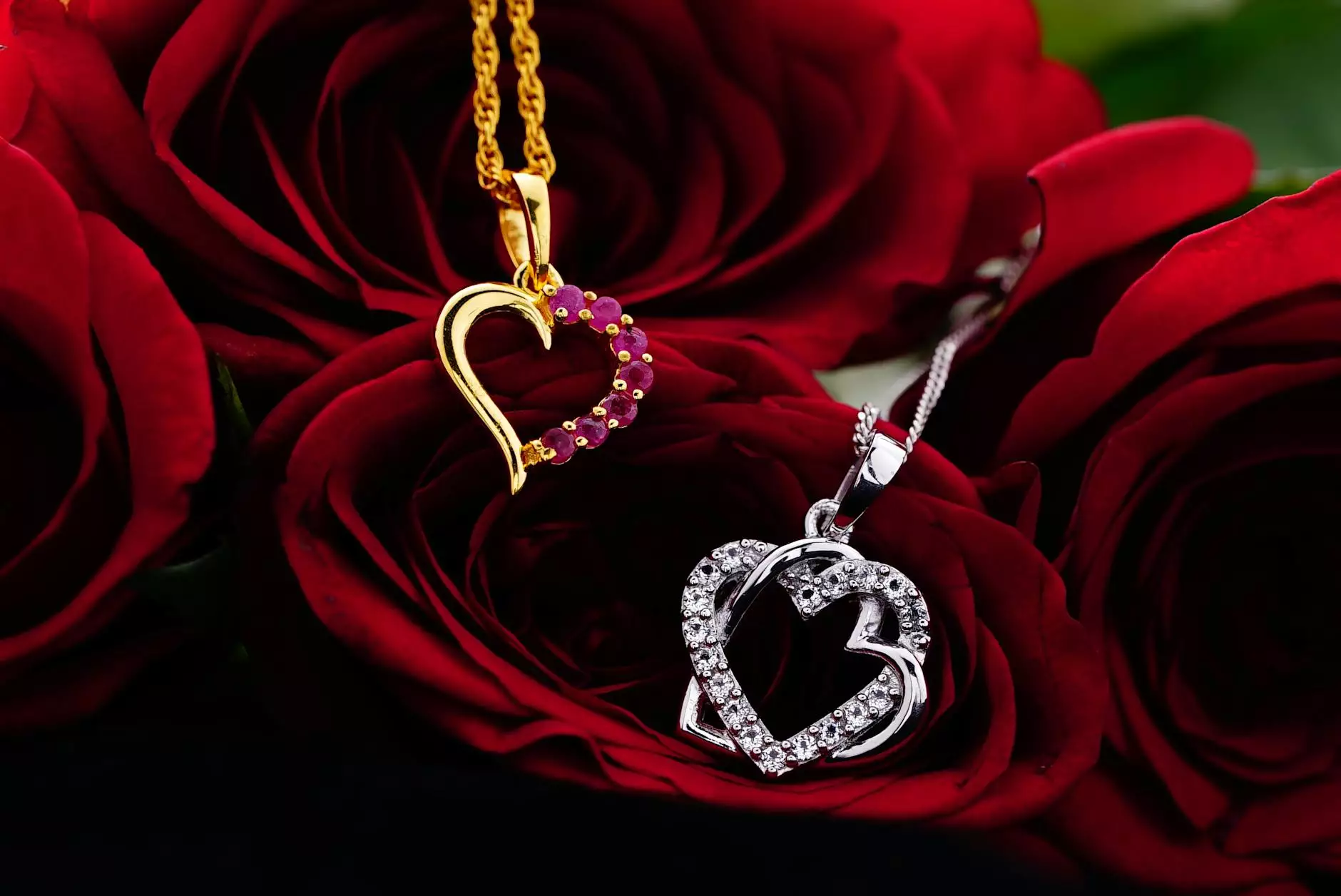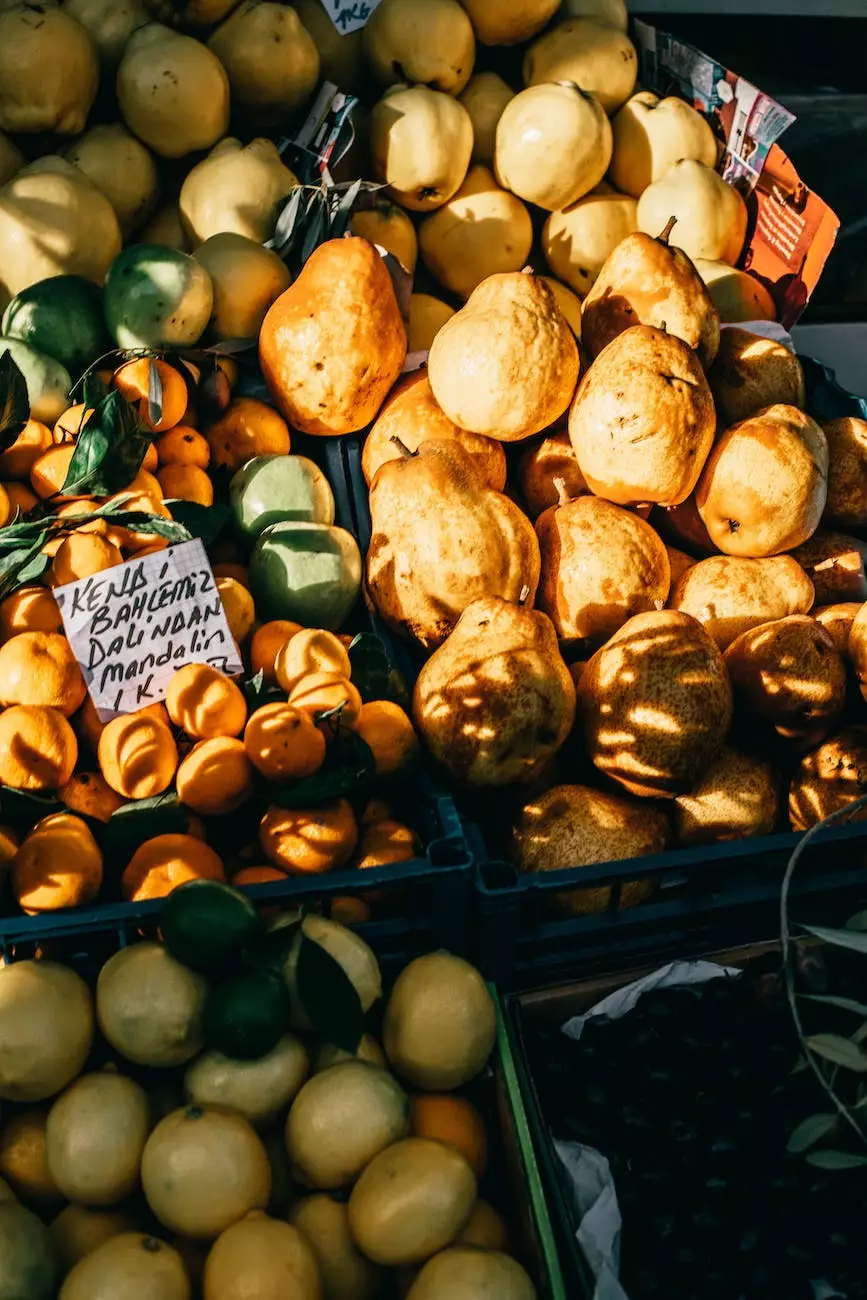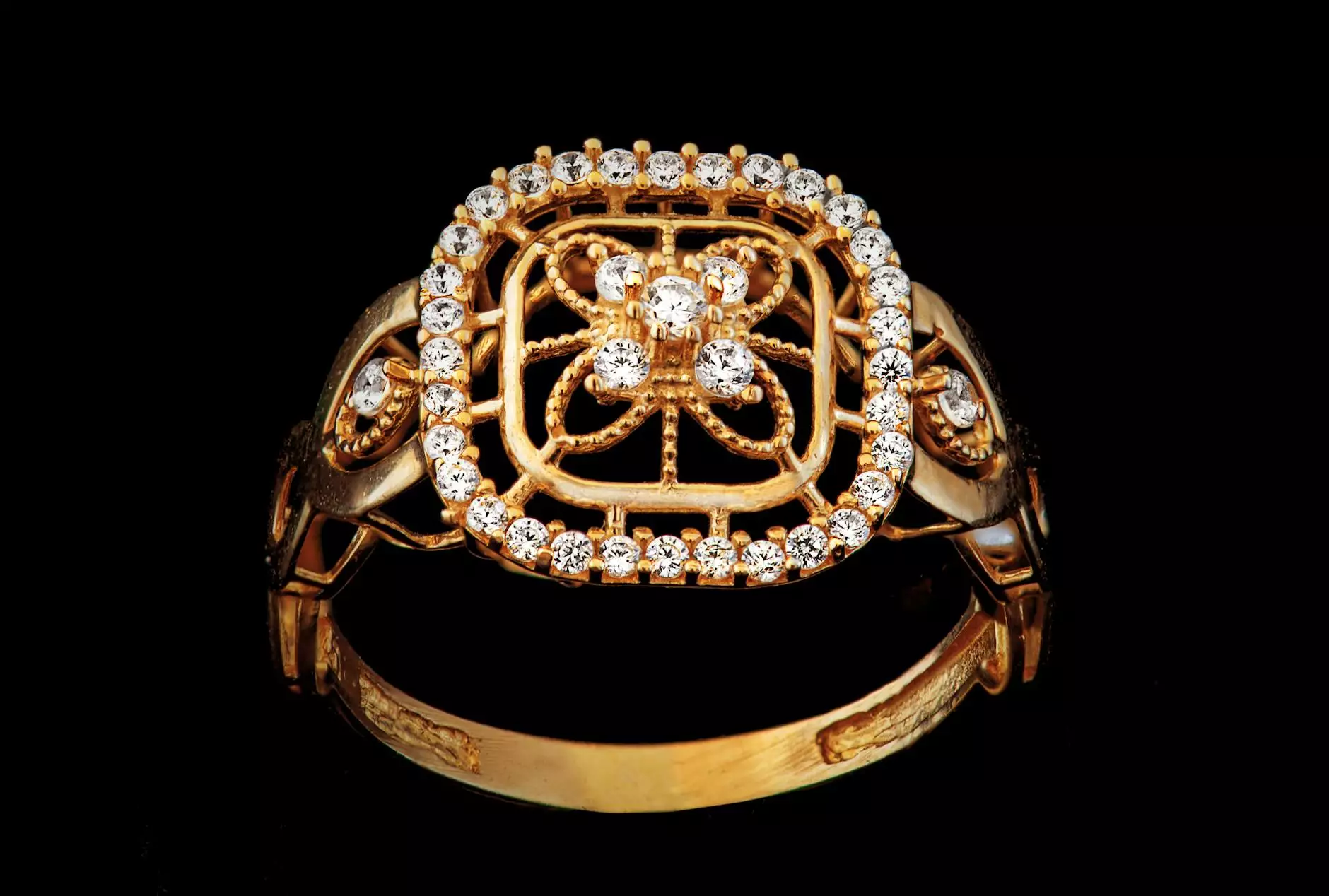The Tiffany Guide to Diamonds
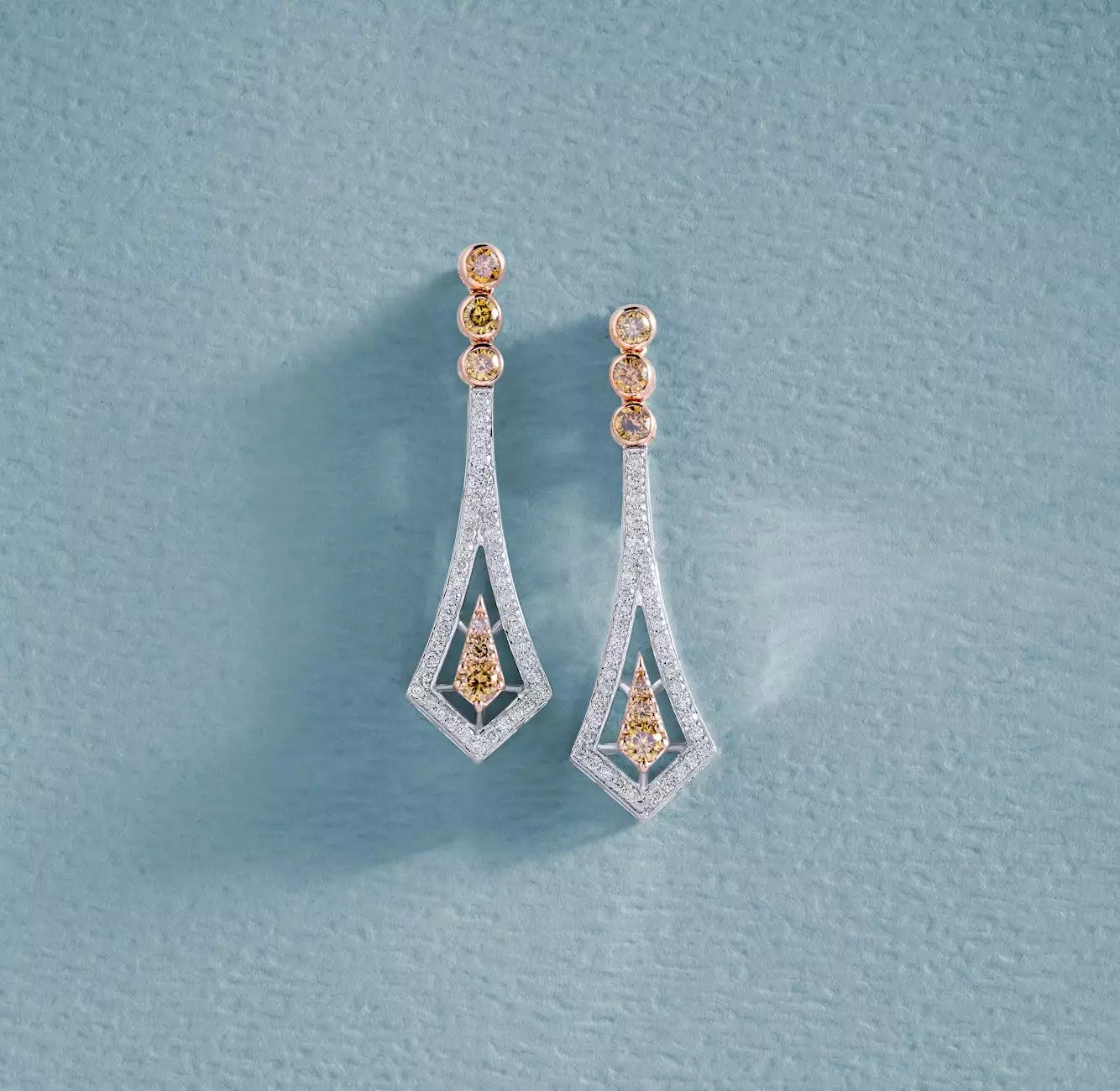
Introduction
Welcome to the ultimate guide on diamonds brought to you by La Venezia Art & Fashion. In this comprehensive guide, we aim to provide you with all the essential information you need to know about diamonds. From their composition and quality to their unique characteristics, we cover everything to help you make an informed decision when purchasing a diamond.
1. Understanding Diamonds
Diamonds are one of the most coveted gemstones known for their brilliance and allure. They are formed deep within the Earth's mantle over billions of years under extreme heat and pressure. As a result, diamonds possess exceptional clarity, durability, and breathtaking beauty.
1.1 Composition
Diamonds are composed of pure carbon atoms arranged in a crystalline structure. Their unique chemical bond arrangement gives them their unmatched strength and extraordinary optical properties.
1.2 Diamond Grading
When it comes to evaluating a diamond's quality, several factors come into play. The renowned 4 C's - color, clarity, cut, and carat weight - are used to assess the overall value and desirability of a diamond. Let's delve into each of these aspects in detail:
1.2.1 Color
The color of a diamond can range from colorless to a yellow or brown tint. The Gemological Institute of America (GIA) grades diamond color on a scale from D (colorless) to Z (light yellow or brown). The highest color grades, such as D, exhibit the purest form of colorlessness, enhancing a diamond's brilliance and fire.
1.2.2 Clarity
Diamonds naturally contain internal imperfections, known as inclusions, and external characteristics called blemishes. Clarity refers to the absence or presence of these imperfections. The GIA grades diamond clarity on a scale from Flawless to Included (FL to I3). A higher clarity grade indicates a diamond with fewer visible flaws, enhancing its overall beauty.
1.2.3 Cut
The cut of a diamond refers to how well it has been shaped and faceted, influencing its brilliance and light performance. A well-cut diamond reflects and refracts light effectively, displaying an exquisite play of light and enhancing its overall appeal. The GIA grades diamond cut on a scale from Excellent to Poor.
1.2.4 Carat Weight
Diamonds are weighed in carats, with one carat equaling 200 milligrams. Carat weight refers to a diamond's size and is directly linked to its value. Larger diamonds often have a higher price per carat due to their rarity.
1.3 Diamond Shapes
Diamonds come in various shapes, each with its distinct characteristics and allure. Some popular diamond shapes include round brilliant, princess, cushion, emerald, and oval. Each shape has its unique cut style and visual impact.
2. Choosing the Perfect Diamond
When selecting a diamond, it's crucial to consider your personal preferences, budget, and the intended purpose of the stone. Whether you're looking for an engagement ring, a pendant, or any other diamond jewelry, understanding your preferences will guide you in finding the perfect diamond.
2.1 Budget Considerations
Establishing a budget is an essential step in navigating the diamond market. It helps you determine the diamond's size, quality, and features within your financial means. By understanding the 4 C's and their impact on a diamond's price, you can make an informed decision without compromising quality.
2.2 Diamond Certification
When purchasing a diamond, it is crucial to ensure its authenticity and quality. Reputable diamond grading laboratories, such as the GIA or American Gem Society (AGS), provide expert assessments and certifications, guaranteeing the diamond's authenticity and precise grading.
2.3 Personal Style and Preferences
Consider your personal style and preferences when selecting a diamond. Whether you prefer a classic and timeless design or a more contemporary and unique piece, choose a diamond that resonates with your personality and complements your individual style.
3. Caring for Your Diamond
To preserve the beauty and brilliance of your diamond, proper care and maintenance are crucial. Follow these tips to keep your diamond jewelry looking its best:
3.1 Cleaning
Regularly clean your diamond jewelry using mild soapy water and a soft brush. This helps remove dirt, oil, and other residues that can dull its sparkle. Avoid using harsh chemicals or abrasive cleaners, as these can damage the metal settings or gemstone.
3.2 Storage
Store your diamond jewelry in a separate compartment or a soft pouch to prevent scratching or tangling with other jewelry pieces. If possible, keep them in a fabric-lined jewelry box to protect them from dust and moisture.
3.3 Professional Maintenance
Periodically have your diamond jewelry inspected and professionally cleaned by a reputable jeweler. They can assess the condition of the settings, prongs, and overall integrity of the piece, ensuring its longevity.
Conclusion
In conclusion, diamonds are timeless, captivating gemstones that have fascinated and delighted people for centuries. Understanding the essential aspects of diamonds, from their composition and quality to their unique characteristics, empowers you to make an informed decision when purchasing one.
La Venezia Art & Fashion's comprehensive guide, "The Tiffany Guide to Diamonds," aims to equip you with the knowledge and insights necessary to choose the perfect diamond that reflects your style and preferences. Remember to consider the 4 C's, your budget, and care for your diamond to preserve its brilliance for generations to come.

